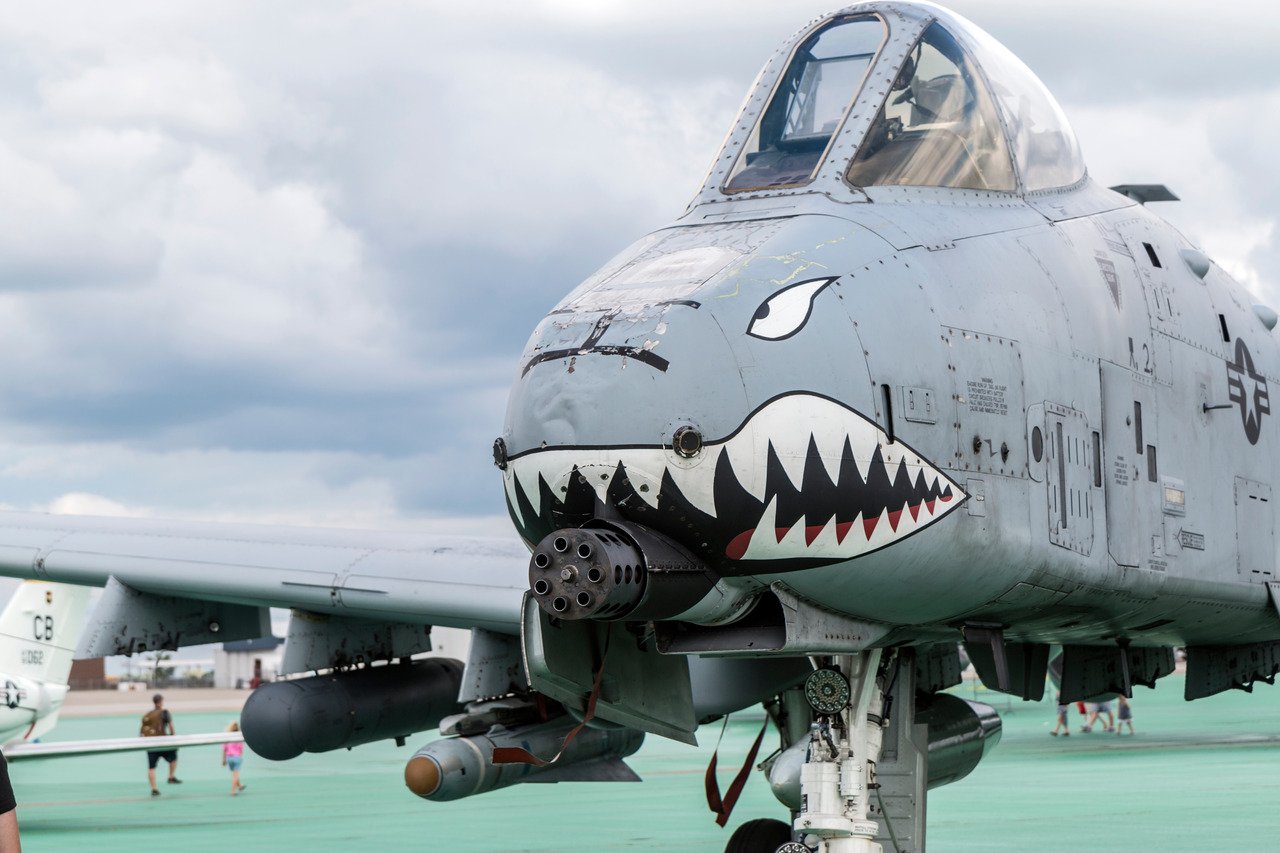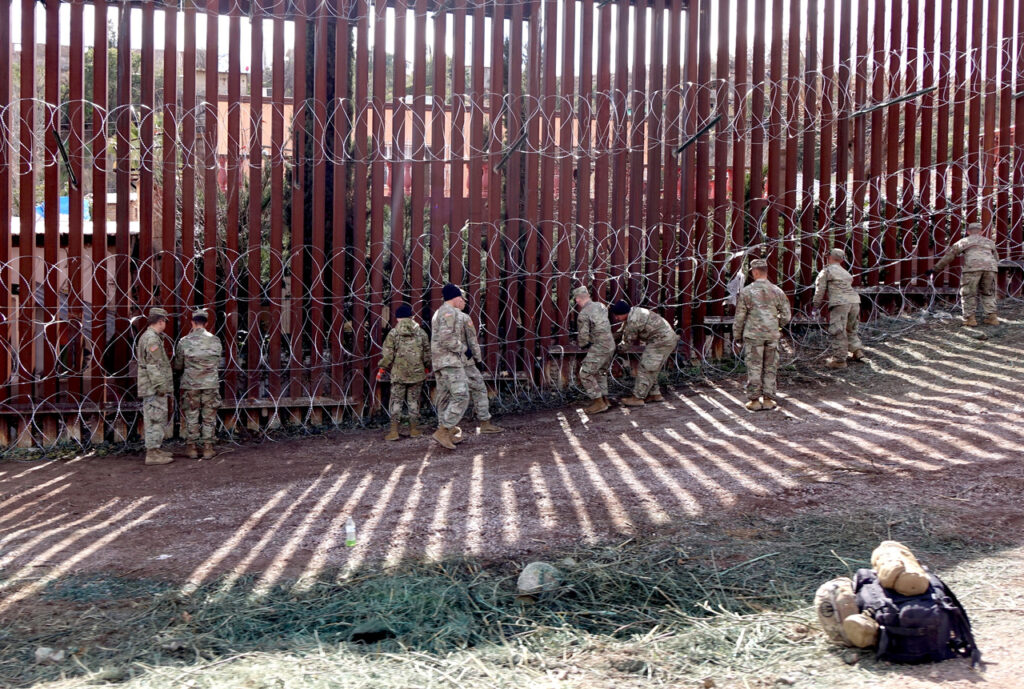
2024 Marked the Beginning of the End for the A-10 Thunderbolt II
The United States Air Force saw thirty-nine—or nearly 20 percent—of its fleet of 218 Cold War-era Fairchild Republic A-10 Thunderbolt II close air support (CAS) attack aircraft retired in 2024. In fact, these birds were sent to the 309th Aerospace Maintenance and Regeneration Group (AMARG) for long-term storage at Davis-Monthan Air Force “Boneyard” in Tucson, Arizona. The cuts were double the number of A-10s that had been retired in the fiscal year 2023 (FY23), and even more, Thunderbolt IIs will face the chopping block in the coming months.
That could include the two dozen stationed in South Korea at Osan Air Base with the 25th Fighter Squadron, which is likely to return to the United States in the coming weeks, Simple Flying reported.
As part of the annual defense policy bill for fiscal year 2025 (FY25), signed into law by President Joe Biden last month, the Air Force could see its operational fleet of A-10s further reduced.
The A-10: The Unstoppable Tank Buster
Known affectionately among pilots and ground crews as the Warthog, the A-10 first entered service in March 1976, replacing the Vought A-7D Corsair as the Air Force’s primary CAS aircraft. The aircraft was developed to counter a Soviet invasion of Western Europe, where it served as a modern tank buster.
It more than delivered when it went to war—albeit in Iraq rather than Europe.
It was during the 1991 Gulf War, Air & Space Forces magazine reported in 1993, that “the A-10 force was credited with destroying 987 tanks, 926 artillery pieces, 1,355 combat vehicles, and a range of other targets-including ten fighters on the ground and two helicopters shot down in air-to-air engagements. The A-10 force, flying more than 8,000 combat sorties, suffered only five A-10s destroyed (a loss rate of .062 percent).”
Over three decades later, the A-10 has continued to fly in a CAS role, and it was among the aircraft that the Air Force deployed to the Middle East in 2024. It was reported to have flown strafing runs on Iranian-backed Iraqi Shia militia columns and ISIS targets in Syria.
First Cut Wasn’t the Deepest
Despite the role the aircraft continues to play, the Air Force has sought for years to retire the aging A-10, arguing that it is ill-suited to a modern conflict with a near-peer adversary such as China. Those calls for its retirement met repeated objections from lawmakers. Yet finally, in 2022, Congress approved the service’s calls to begin to retire the iconic attack plane.
The U.S. Air Force has set a goal to see the last of the A-10s sent to the Boneyard by 2030.
Could The A-10 Head to Ukraine or Jordan?
Even as some in the U.S. Air Force have apparently lost faith in the A-10, there has been chatter that the Warthog should be sent to Ukraine or Jordan.
As previously reported, in July, lawmakers on the United States Senate Committee on Armed Services directed Secretary of Defense Lloyd Austin III to “explore the possibility of transferring” the A-10s now being retired to the Royal Jordanian Air Force. The Warthog may be well-suited to Jordan’s ongoing counter-drug campaign, which has included airstrikes on positions near the Syrian border. The Middle Eastern kingdom also played a significant role in fighting ISIS over the past decade and could likely do so again. The A-10 is an ideal aircraft for such campaigns against insurgent forces.
Jordan isn’t the only nation that has expressed interest in the A-10.
The U.S. Air Force had previously discussed a plan to supply Colombia with a squadron of Thunderbolt IIs to counter drug cartels in that country, but it never moved forward.
Of course, aviation experts have continued to suggest that the A-10 could be the perfect aircraft for the Ukrainian Air Force, as it was designed to survive even after sustaining heavy damage and can operate from austere airfields. In contrast, the Ukrainian Air Force already operates the similar (but far less capable) Sukhoi Su-25 (NATO reporting name Frogfoot). This slow-flying ground attack aircraft has been employed to strike Russian tanks.
The A-10C Demo Team Had Its Final Show Last Year
For aviation buffs, 2024 also marked the end of the line for the A-10C Thunderbolt II Demonstration Team, which took to the skies for a final time at the Stuart Air Show in Witham Field, Florida, as part of the Veterans Day Weekend celebrations in November.
“We want to extend a huge thank you to everyone who supported us and everyone who came out to watch an amazing airframe, pilot, and team, perform for you at 1800 shows across 10 countries over the course of more than 40 years,” the A-10C Thunderbolt II Demonstration Team expressed in a statement, posted to Facebook.
Author Experience and Expertise: Peter Suciu
Peter Suciu is a Michigan-based writer. He has contributed to more than four dozen magazines, newspapers, and websites with over 3,200 published pieces over a twenty-year career in journalism. He regularly writes about military hardware, firearms history, cybersecurity, politics, and international affairs. Peter is also a Contributing Writer for Forbes and Clearance Jobs. You can follow him on Twitter: @PeterSuciu. You can email the author: [email protected].
Image: BlueBarronPhoto / Shutterstock.com


